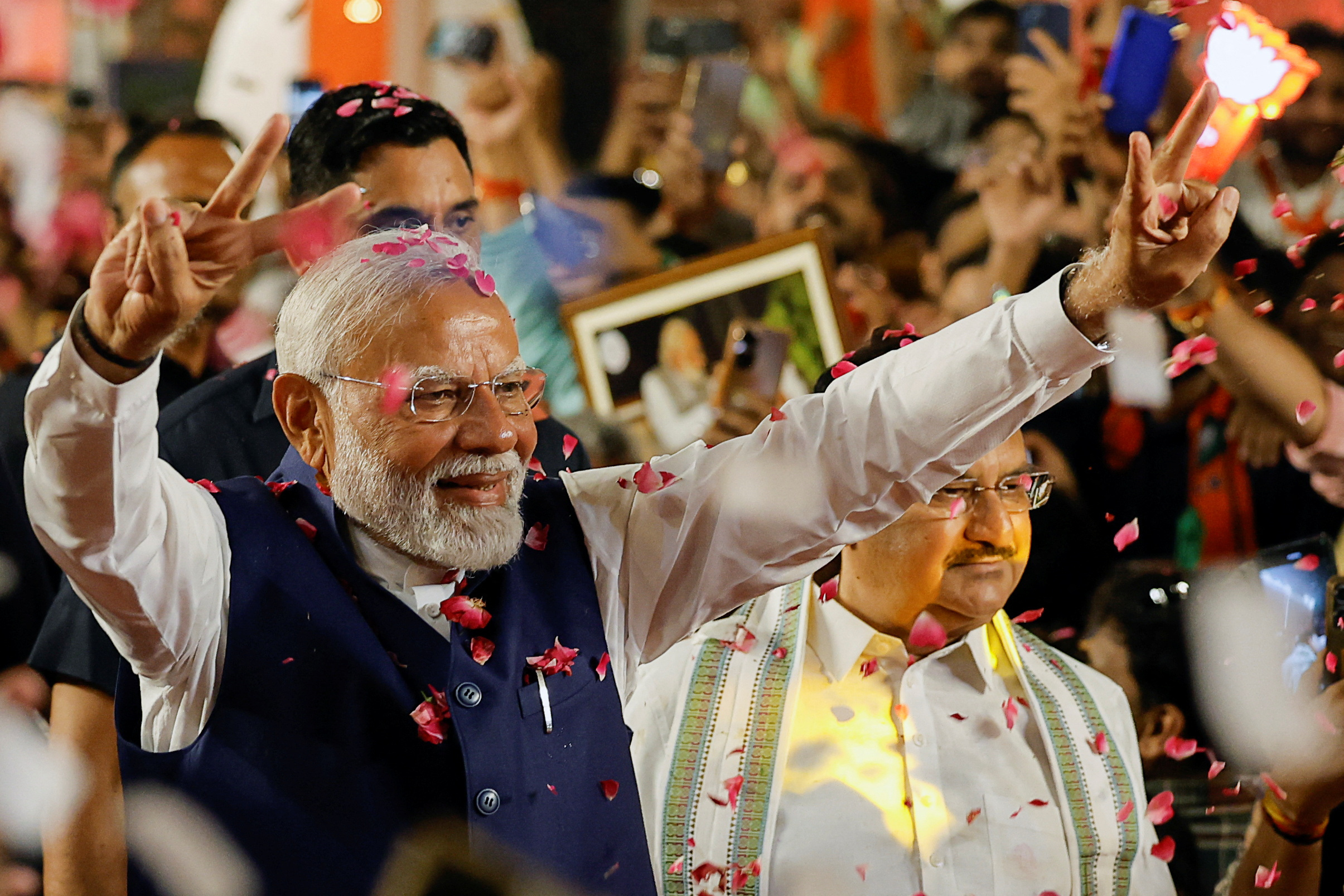Colombia operates as a presidential republic and holds elections to determine its political representatives. Here is some information about the election system in Colombia:
- Presidential Elections: The President of Colombia is elected through a direct popular vote. Presidential elections are held every four years. To win in the first round, a candidate must secure an absolute majority (50%+1) of the votes. If no candidate achieves this majority, a second round is held between the top two candidates.
- Congressional Elections: The Colombian Congress consists of two chambers: the Senate and the House of Representatives. Senators are elected through a national constituency, with each political party presenting a closed list of candidates. The number of senators elected per party is determined proportionally based on the votes received. Members of the House of Representatives are also elected through a closed list proportional representation system, with seats allocated based on the percentage of votes received by each party.
- Electoral Process: The National Electoral Council (Consejo Nacional Electoral, CNE) of Colombia is responsible for organizing and overseeing elections in the country. It ensures the transparency and fairness of the electoral process, including voter registration, candidate nomination, and the counting of votes. International observers may be invited to monitor the elections.
- Voter Eligibility: Colombian citizens who are at least 18 years old have the right to vote. Voter registration is required, and citizens must be included in the electoral roll to participate in elections. Eligible voters can cast their ballots at designated polling stations within their respective constituencies.



